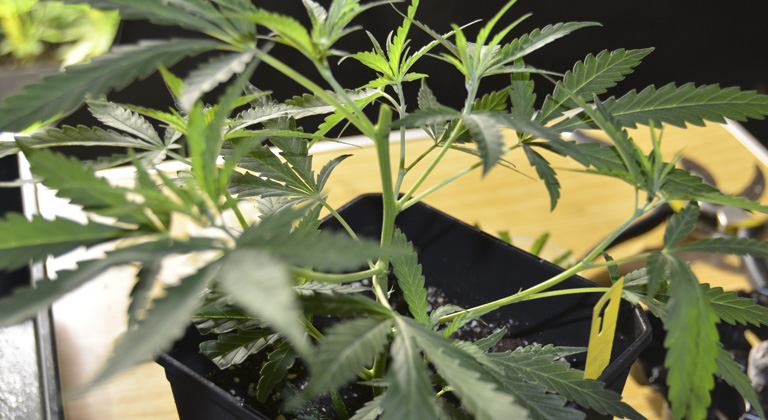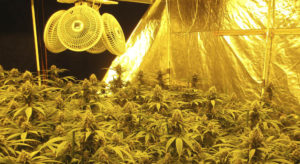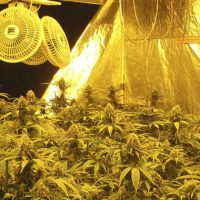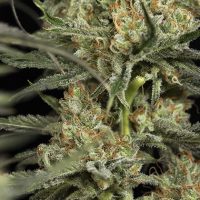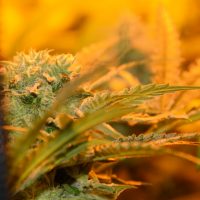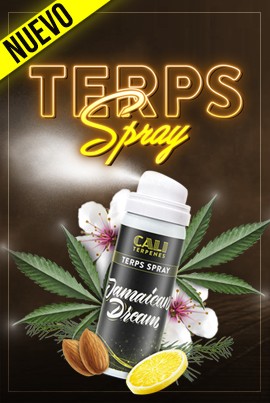Choosing the best growing medium for indoors is one of the best ways to work towards a successful cannabis grow indoors, as your plants will have the ideal home to grow their roots in indoors. A good growing medium also gives your plants the right conditions to absorb nutrients easily, and have your plants reach their maximum potential.
Growing Medium Characteristics for Indoors
Cannabis plants need a growing medium which features the following two main characteristics:
- Water retention capacity: the amount of time that your plants’ soil or loam stays humid.
- Aeration: cannabis roots need humidity and oxygen, as well as and airy and spongy substrate that isn’t going to get weighed down, which allows them to grow fast.
However, sometimes it can be hard to combine these two conditions in one product; when a growing medium and retain a lot of water, it’s usually less airy, and if it’s more airy it tends to dry out a lot quicker and need more water. However, there are some materials that are ideal for growing cannabis indoors – lets have a look at their characteristics.
Growing medium that you can find at grow shops usually have the right characteristics for growing cannabis indoors.
What’s the Best Indoor Cannabis Growing Medium?
There are different types of growing media designed for growing cannabis indoors, and each of them has their own characteristics and require different fertilizers. Whichever you choose will depend, mainly, on the type of grow you want to have. Let’s have a look at the options:
Soil: this is a plant’s natural home, and many prepared soils come with mycorrhizae and/or Trichoderma designed to increase beneficial life that occurs naturally outdoors, thanks to plant material decomposition and mycelium.
Coco fiber: this is an industrial product that, after treating, can be used as a growing medium; it’s an organic, inert medium.
Hydroponic: this includes a series of generally inert materials used as growing medium in hydroponic grows such as expanded clay, rockwool etc.
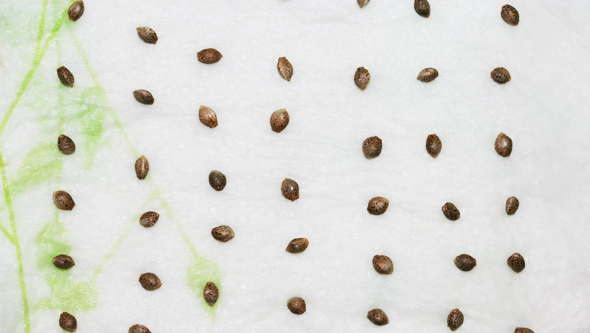
Pros and Cons of Growing Mediums
As we were just saying, there are various options when it comes to growing medium in indoor grows. In order to know which medium is best for your needs, you should know the pros and cons of each type:
Growing in Soil
Pros
- You can use organic fertilizers when growing in soil, which makes for high quality aromas and flavours when compared to coco fiber or hydroponic grows.
- Growing in this type of medium is easier, as there’s more room for mistakes compared to other types of medium. While it’s true that most growers that use soil in indoor grows also use additional fertilizers when watering their plants, soil usually contains nutrients already, making it harder for your plants to suffer deficiencies when starting out. Possible deficiencies also won’t be as drastic as fast as plants grown in coco coir or hydroponics.
Cons
- Soil weighs more and is more expensive than other indoor growing mediums.
For more information about the composition of each type of growing medium, both indoors and outdoors, you can check out our post on how to choose the best substrate for planting cannabis.
Growing in Coco Fiber
Pros
- It tends to produce larger yields than in soil; as it’s quite an airy substrate, plants can do metabolic processes much faster, which makes for a faster and larger growth in all senses. This, in turn, makes for generally larger yields. Plus, roots grow much faster. This is why most soil substrates have a certain percentage of coco coir.
- Growing in coco fiber tends to be easier than hydroponics.
Cons
- The downside to this growing method is that it does not retain water like soil does, which means that coco grows are usually done using drip irrigation (although it’s possible to do so with other types of watering process, and by hand).
- The fertilizers used must be mineral, as this growing medium doesn’t retain nutrients in the same way that soil does. Therefore, if you use a watering system you’ll need to use mineral fertilizers or highly filtered organic nutrients, or else you may end up blocking the pipe or dripper system.
- Due to being an inert substrate, any mistakes made regarding fertilizers can be drastic, and will have more consequences than growing in soil.
- It’s harder than growing in soil.
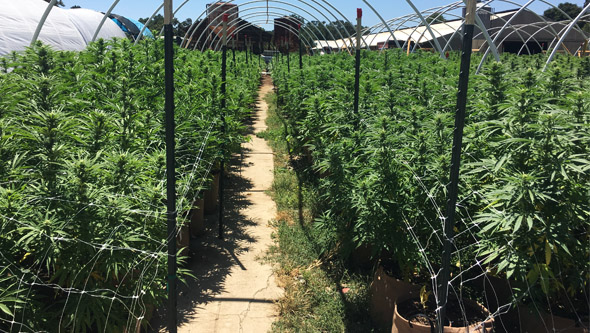
Hydroponic Growing
Pros
- With this medium, it’s quite easy to obtain large yields due to the type of nutrients required (mineral fertilizers or highly filtered organic nutrients).
- It promoted constant root growth thanks to the space available for growth.
- This medium has the highest balance between substrate aeration and water retention.
Cons
- It requires constant watering, therefore you’ll need a watering systems and automatic circulation set up.
- Mineral fertilizers are generally used to avoid blocking the irrigation pipes, so the cannabis produced won’t have the same quality aroma and flavour as plants grown in soil substrates and with organic fertilizers.
- The only nutrients plants receive will need to be given via water.
- Due to nutrients being delivered through the water, any errors made will be much more drastic than soil mediums. One simple mistake or incorrect pH can cause plants to die within a day.
Calculating the Amount of Soil or Coco for Indoor Grows
Calculating the correct amount of soil or coco coir needed for your plants is essential in order to know how much material you need without ending up spending more or accidentally not getting enough. Nobody wants to have to make various trips to their local grow shop.
A square meter grow tent, can hold 9 7 litre flowerpots, which is to say approximately 63 litres. It can also be done with larger flowerpots, placing less plants per square metre (for example, 11 or 15 litres). Another set up could also be lots of plants in small flowerpots.
Generally, the final amount should be around 60 – 70 litres of soil per square meter. However, keep in mind that this is simply a general idea, as it depends on how the space is organized; some growers work with their plants closer together, such as 9 11 litre flowerpots, which would be around 100 litres of soil per square meter.
In coco fibre mediums, plant roots grow much faster, so smaller flowerpots can be used, such as 5 or 7 litres.
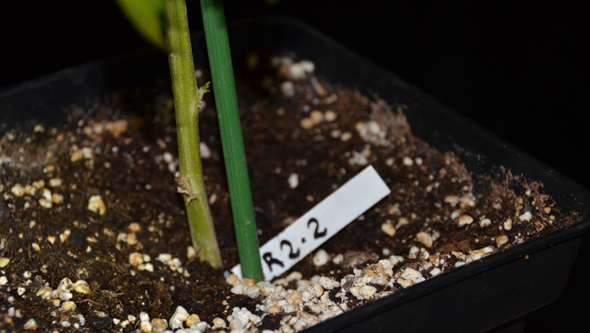
What’s your Growing Method?
Truthfully, in order to calculate the amount of soil or coco needed, first you’ll need to consider the type of growing method you plan on using, and if you’re going to be using any growing techniques involving training. Deciding how you want to lay your plants out in your grow tent or room is highly recommended.
For example, when using the SoG (Sea of Green) method, plants will be closer together because this method involves developing two large central stems and fewer side branches. It could be said that this method uses more plants per square meter and therefore more flowerpots.
This calculation is based on the amount of soil or coco fibre that plants need to correctly grow, and the maximum amount of plants being grown per square meter without being too crowded.
- An example for a SoG grow done in coco coir, would be 20 – 25 5 litre flowerpots in a 1.2m square meter grow tent, using 100 – 125 litres of coco fibre.
However, when it comes to SCRoG (Screen of Green) grows, the amount of plants being grown will be incredibly important. This method involves guiding plants so that they grow out horizontally, usually by using a trellis net, filling out the growing space with less plants, which obviously means that the flowerpots used are larger so that plants can grow more.
This type of grow can be done using just one plant per meter, although it will require quite a large final flowerpot and enough growth time before flowering in order to fill out the growing area.
An example of a SCRoG grow in coco fibre would be 4 11 litre flowerpots in a 1.2m grow tent. This would require 44 litres of coco fibre. If growing just one plant, the final flowerpot (the last transplant flowerpot) should be approximately 40 -50 litres.
As you can see, when calculating the two mentioned examples, the final amount of coco fibre needed is different. This is why it’s important to keep in mind exactly how you want to grow your plants before starting; not only in order to pick the correct amount of substrate, but also in order to know which strain of cannabis will work best with the setup.
There are strains that are better for certain techniques. For example, Monster by Eva Seeds and Cream Caramel by Sweet Seeds are good strains for using the SoG method, as they develop decent main stems and few side branches.
On the other hand, Jamaican Dream and Black Jack are ideal plants for growing using a SCRoG method due to their many branches and strong growth period, which makes it great for pruning.
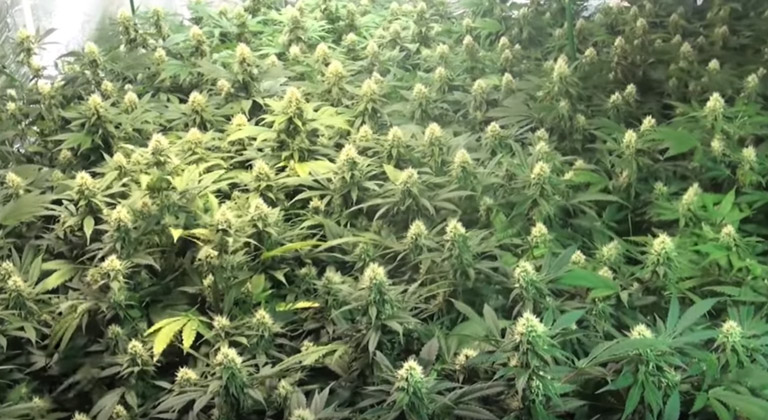
Choosing Growing Mediums for Indoors Based on Nutrient Content
During the first two weeks of their life cycle, plants don’t require large amounts of nutrients because the first days, they feed off of the seeds’ reserves, and their roots are too small for absorbing large amounts of nutrients.
Plants should be grown with soil that contains few nutrients until they sprout their first few pairs of real leaves; excess nutrients can actually be counterproductive in small plants.
From the second to third week onwards, the plant needs small amounts of nutrients, which can be increased as they grow. During this time is when the first transplant should be done, in which more nutrient-rich soil can be used (remember, if a transplant is done to nutrient rich soil, liquid fertilizers shouldn’t be used until some of the soil’s nutrients have been used up).
When it comes to inert medium such as coco coir, nutrients are delivered exclusively through watering. However, plants grown in soil will need to have special consideration when it comes to covering their nutritional needs during each plant stage.
Depending on nutrient content, soil can be classified as:
- Light, or low in nutrients. (first 2 or 3 weeks)
- Complete, or high in nutrients. (for over 6 weeks)
So that you can easily compare them, we’ve put together soil grow medium brands and ranges, grouped together depending on the amount of nutrients they contain. This should make it easier to figure out which soil is best for your plants during each stage.
Low in nutrients, for two weeks:
Average nutrients, for 3 weeks:
Rich in nutrients, for 6 weeks and more:
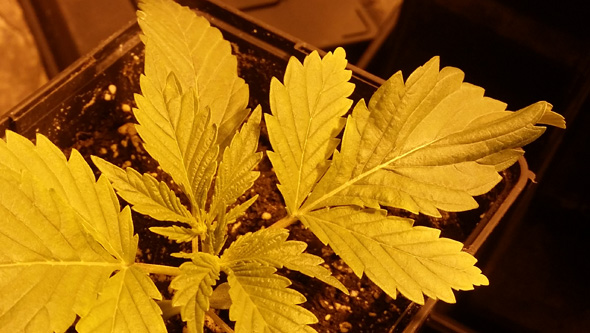
For a more active participation in feeding your plants, choose soil low in nutrients so that after the first week you can start using a base fertilizer and dosing it yourself.
Root stimulants, such as mycorrhizae and Trichoderma, can and should be used from the start of the growth process, once the seed or clone has been planted in their flowerpot.
We recommend having a good understanding of the strain being grown and following, when possible, the nutrient dose table provided by the manufacturer of the chosen nutrients.
If you decide to chose a highly fertilized substrate to keep your plants going for a few weeks, simply apply growth and flowering stimulants (depending on the stage the plant is in), as well as rooting products and beneficial microbial concoctions.
A tip for growers that don’t want to transplant their plants at all is to create various layers of soil when potting their plants. For example, soil such as All Mix could be used in a 11L flowerpot, leaving a 3L hole to fill with Light Mix. This allows the plants to first feed from the light mix and then, as it grows, gain access to a larger amount of nutrients once their roots are big enough to reach the nutrient-rich soil.
However, at la Huerta Grow Shop, we recommend starting using a small flowerpot (around 0.4L) and transplant as the plants grow – this allows for better control over growth and sturdier plants in general.
As you can see, there are many different options! It’s about knowing and understanding the plant so you can figure out what option is best for you. If you have any questions, leave a comment below!
La Huerta Grow Shop
